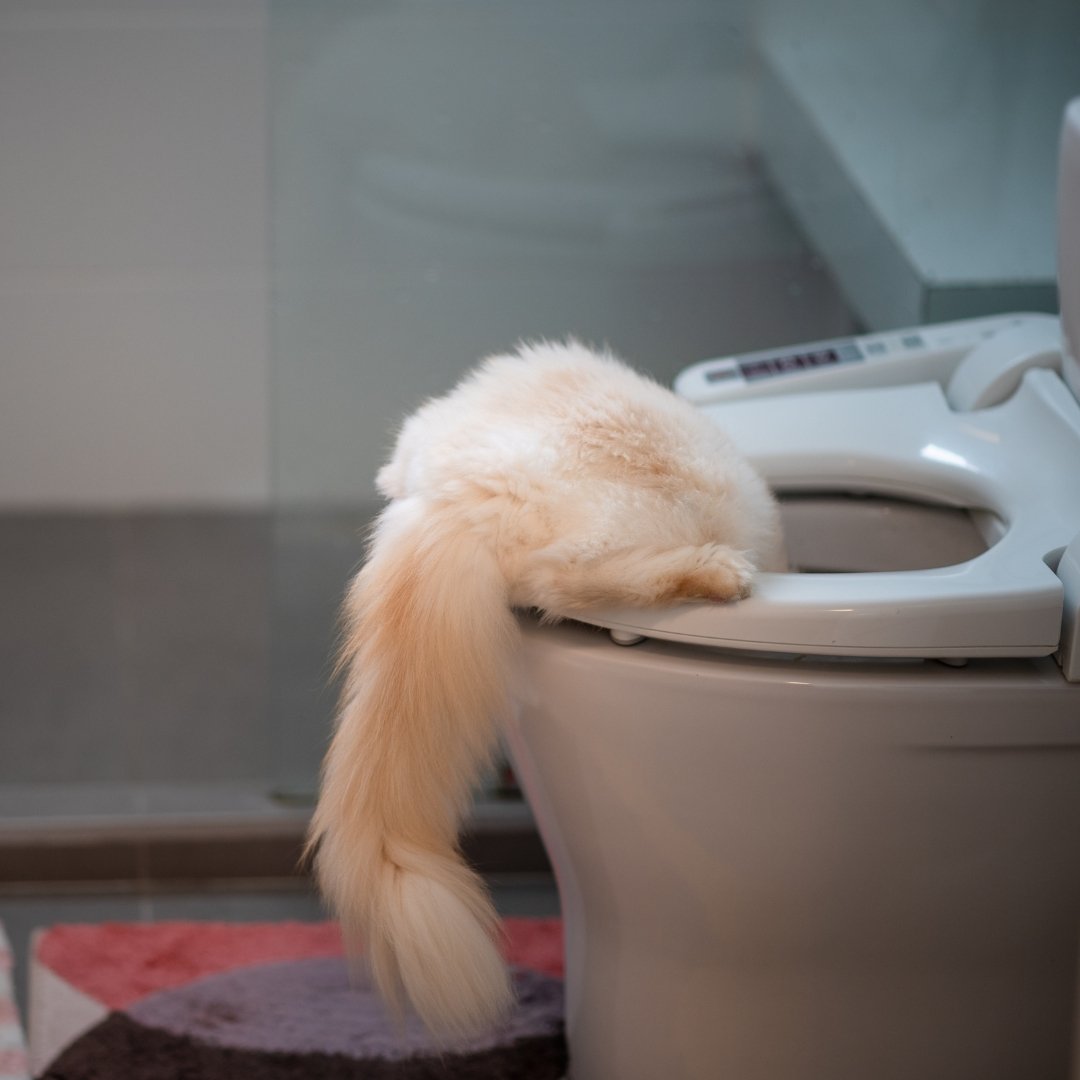Why You Must Never Flush Cat Poop Down Your Toilet - Critical Facts
Why You Must Never Flush Cat Poop Down Your Toilet - Critical Facts
Blog Article
The publisher is making a few good points regarding Can You Flush Cat Poop Down The Toilet? as a whole in the content further down.

Introduction
As feline proprietors, it's necessary to be mindful of how we get rid of our feline good friends' waste. While it might seem hassle-free to purge pet cat poop down the toilet, this method can have damaging repercussions for both the atmosphere and human health and wellness.
Environmental Impact
Flushing pet cat poop presents dangerous virus and bloodsuckers into the water, posing a considerable threat to marine communities. These pollutants can adversely impact aquatic life and compromise water quality.
Health and wellness Risks
In addition to environmental problems, flushing pet cat waste can likewise posture health and wellness risks to people. Pet cat feces may consist of Toxoplasma gondii, a parasite that can trigger toxoplasmosis-- a potentially serious ailment, specifically for expectant ladies and individuals with weakened body immune systems.
Alternatives to Flushing
Thankfully, there are much safer and more responsible ways to take care of pet cat poop. Consider the adhering to alternatives:
1. Scoop and Dispose in Trash
The most common approach of throwing away feline poop is to scoop it right into an eco-friendly bag and toss it in the trash. Make sure to utilize a dedicated litter inside story and take care of the waste without delay.
2. Use Biodegradable Litter
Opt for eco-friendly pet cat trash made from products such as corn or wheat. These litters are eco-friendly and can be securely taken care of in the garbage.
3. Hide in the Yard
If you have a yard, consider burying pet cat waste in an assigned location away from vegetable yards and water sources. Be sure to dig deep adequate to stop contamination of groundwater.
4. Set Up a Pet Waste Disposal System
Buy an animal waste disposal system especially designed for cat waste. These systems utilize enzymes to break down the waste, lowering smell and environmental impact.
Conclusion
Liable family pet ownership extends past supplying food and shelter-- it also entails appropriate waste management. By avoiding purging feline poop down the commode and selecting different disposal techniques, we can lessen our ecological footprint and secure human health.
Why You Should NEVER Flush Cat Poop (and/or Litter) Down Your Toilet
The Problem with Litter
The main function of litter is to solidify and adhere to your cat’s waste. While this makes litter excellent for collecting cat poop and urine, it’s also the exact property that makes it a nightmare when flushed down the toilet.
Cat litter can and will clog pipes. There is non-clumping litter, but it’s still quite heavy and can build up in pipes. This is true even of supposed “flushable litter.”
The problems only compound when the litter is already clumped into cat waste. Toilet paper is among the more flushable things, and even too much of that will clog a toilet.
The Problem with Cat Poop
Sewers and septic systems are designed with human waste in mind. The microbes that help break down human waste don’t work on cat waste. Additionally, cat poop plays host to the parasite Toxoplasma gondii.
When flushed, this parasite can enter the environment in places it was never meant to, posing a risk to pregnant women, their unborn children, and other people with compromised immune systems. While it might not seem possible, flushing cat poop can indeed introduce this parasite to the public water supply.
These reasons are why, even if you’ve trained your cat to go on the toilet and flush, which is possible, it’s still not a good idea. Also, pregnant women and the immunocompromised shouldn’t change litter, either.
How to Handle Litter
The best way to handle litter is to simply put it in a plastic bag and place it in the trash. Avoiding environmental risks and possible plumbing damage is worth the extra effort.
You can also invest in devices that seal away your cat’s waste in a separate compartment, so you don’t have to change the litter nearly as often. They’re also safer for pet owners because they limit the possibility of Toxoplasma gondii exposure.
Disposing of litter the old-fashioned way will ensure you won’t have to worry about any issues that flushing the waste can potentially cause.
Take Care of Clogged Pipes with Stephens Plumbing, Heating & Air Conditioning
The reasons you should never flush cat poop down your toilet are numerous, but sometimes the inevitable happens despite your best efforts.
Stephens Plumbing, Heating & Air Conditioning is ready to help if you’re experiencing litter-blocked plumbing. Whether you need us in an emergency or want to schedule regular maintenance, we’re here for you.
https://www.stephensplumbing.net/bathroom-plumbing/never-flush-cat-poop-down-your-toilet/

As a keen reader on How to Dispose of Cat Poop and Litter Without Plastic Bags, I imagined sharing that article was a smart idea. Appreciated our post? Please share it. Help others find it. Kudos for your time. Visit again soon.
View Report this page